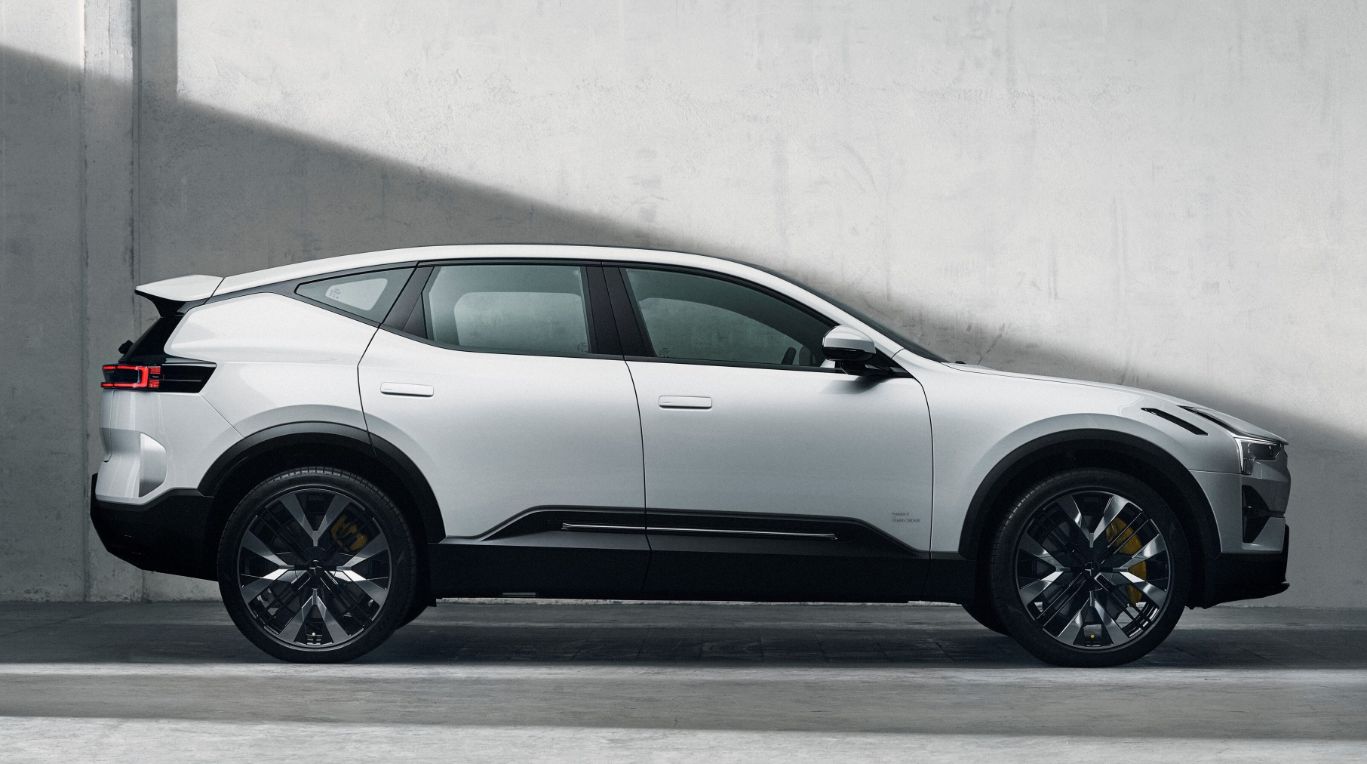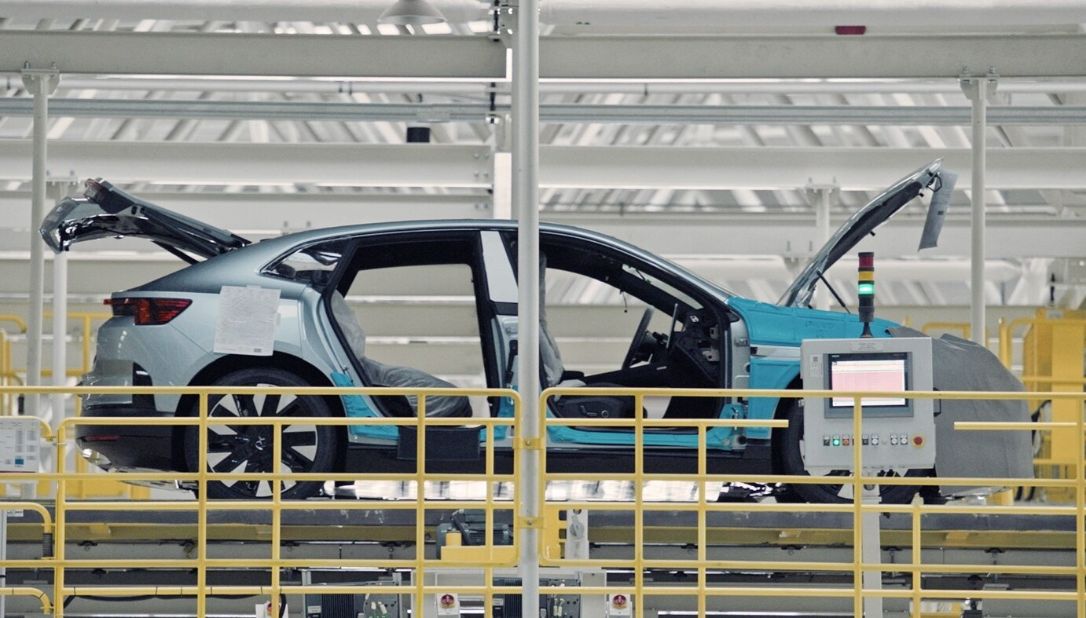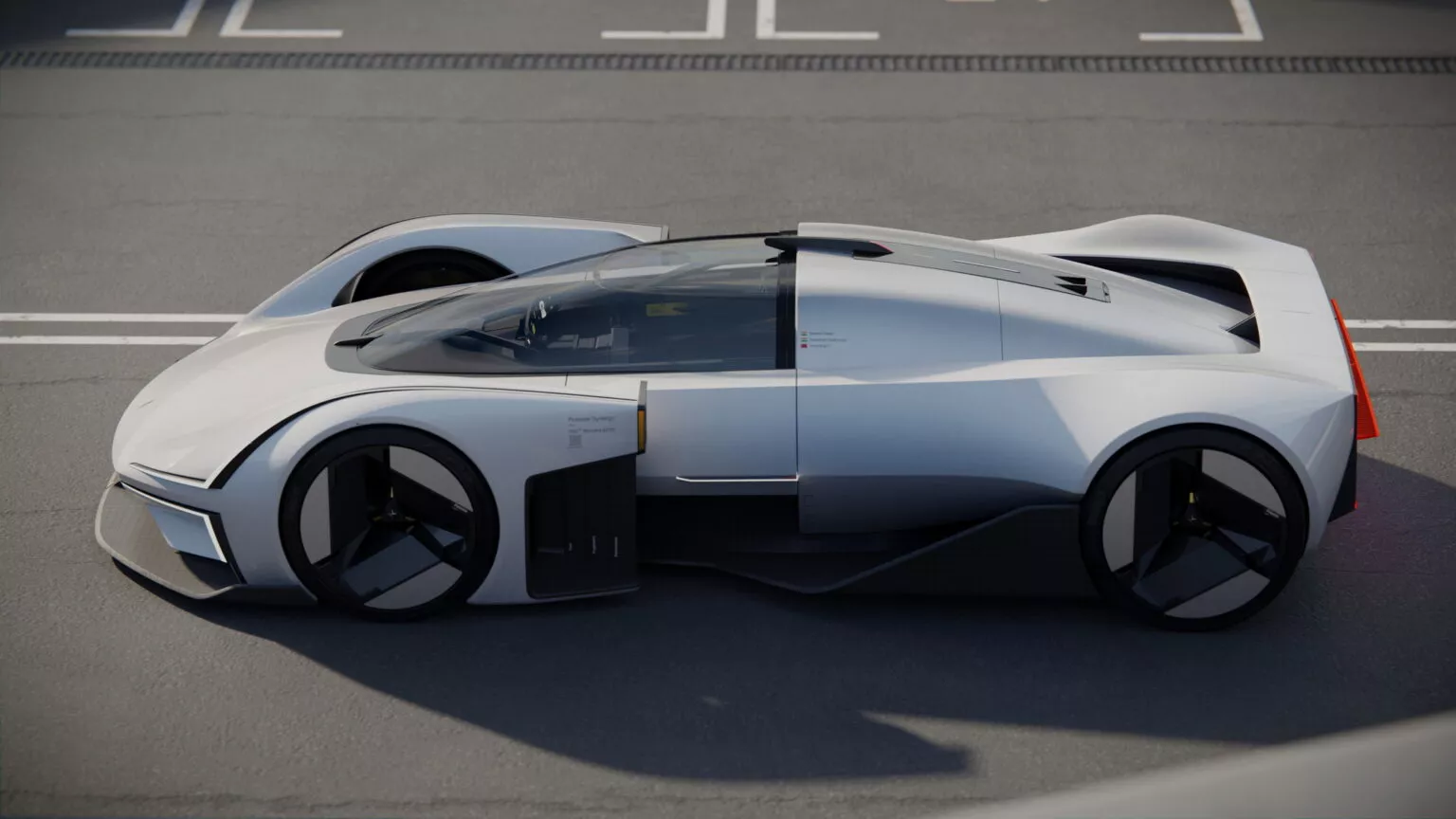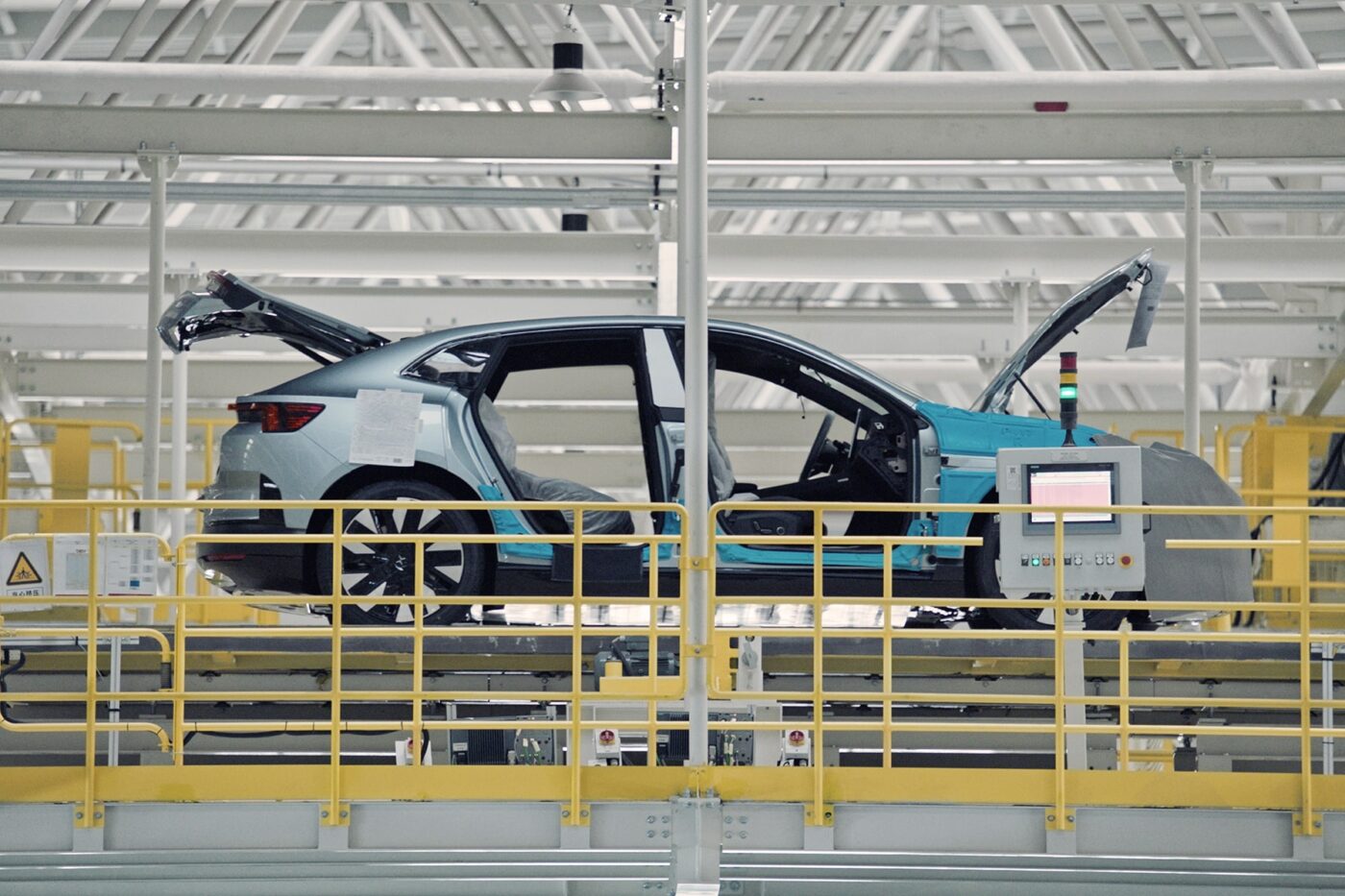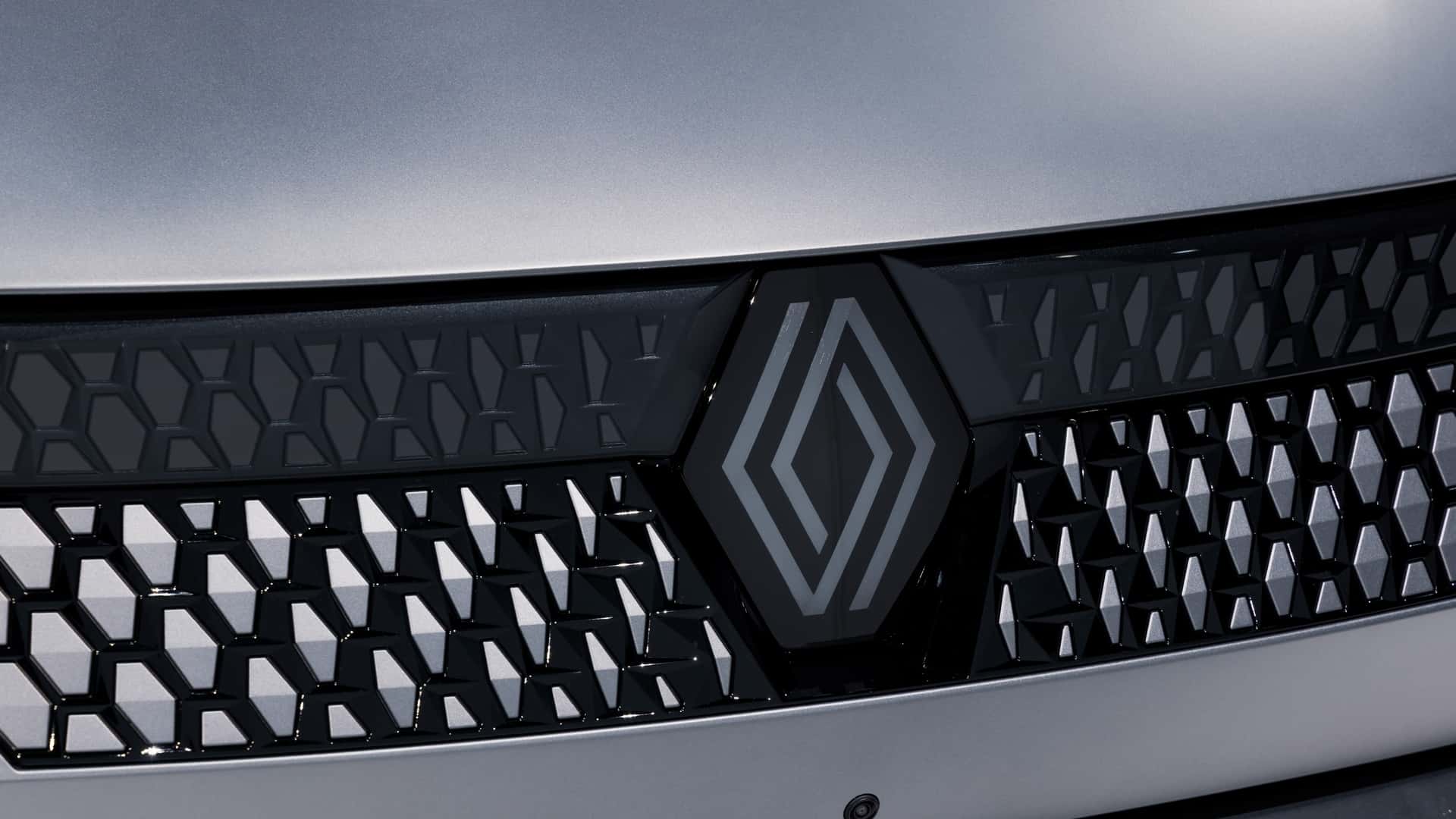Automaker Polestar is undertaking a vehicle-to-grid (V2G) project in Gothenburg, Sweden, supported by the Swedish Innovation Agency Vinnova. Funded by Vinnova, the project involves a comprehensive V2G initiative piloting a fleet of Polestar 3 cars, with collaboration from key stakeholders in the electricity grid sector.
Teaming up with entities such as the Swedish National Grid authority Svenska kraftnät, local grid owner Göteborg Energi Nät, regional energy distributor Vattenfall Eldistribution, home charging provider Easee, and research partner Chalmers University of Technology, Polestar aims to explore potential business models for V2G. The project also seeks to trial tangible use cases that can be scalable and applicable across various regions.
Simultaneously, Polestar is entering a collaboration with the California Energy Commission and the independent non-profit energy R&D institute EPRI, funded by Vinnova, to conduct a pre-study. This study aims to create a roadmap for the implementation of V2G services in California.
The bidirectional charging technology employed in Polestar 3 cars allows not only for charging but also for discharging energy from the vehicle’s batteries back to individual homes or the electricity grid. In support of V2G integration, Polestar is developing a Virtual Power Plant (VPP), a cloud-based system that connects all participating Polestar 3 cars to the grid. The VPP calculates the collective capacity of connected batteries, initiating charging or discharging based on grid demand and optimizing battery longevity. This enables car owners to contribute to the energy transition and monetize their electric vehicles while parked.
Thomas Ingenlath, Polestar CEO, emphasized the potential benefits of V2G, stating, “Vehicle-to-grid has the potential to not only benefit individual customers but whole communities. With the bi-directional charging capabilities of Polestar 3 and the Polestar VPP, we can explore business models and community solutions that can unlock the true potential of V2G.”
As the electrification of mobility accelerates, coupled with an increase in renewable electricity, the demand for available capacity in electricity grids rises. V2G solutions position electric vehicles as flexible energy resources, aiding electricity grids in maintaining balance between supply and demand.
The Gothenburg pilot project is set to commence its test phase in the first half of 2024 and will run for two years. The pilot includes a substantial fleet of Polestar 3 cars and aims to become one of Europe’s largest V2G initiatives, featuring collaboration with key representatives from national and local energy infrastructure.

